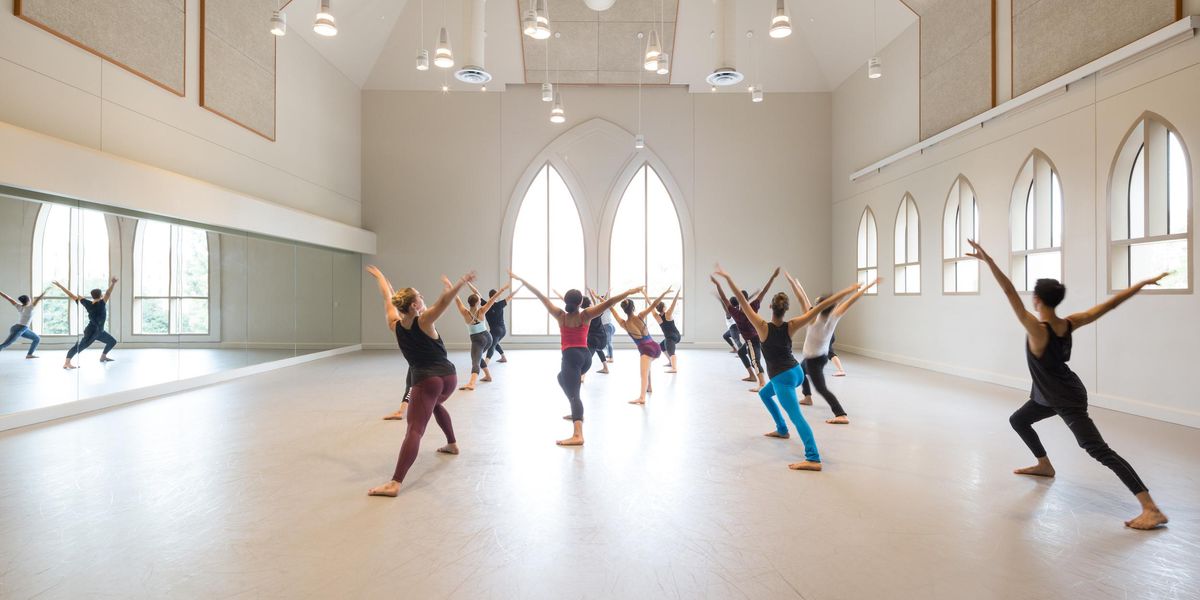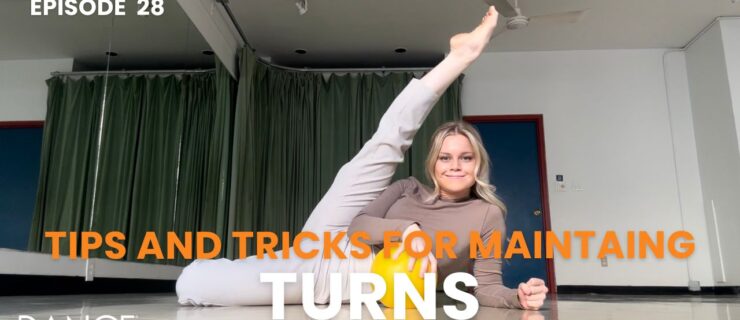Advice for Dancers: Corrections Driving You Crazy?
I can’t remember all of my director’s corrections. Every time we work together, he focuses on endless details. But instead of improving, my performances are actually getting worse. All I can think of is how to keep track of what I need to fix. Is something wrong with my memory? I feel horrible that I can’t use his feedback to improve.
—No Recall, New York, NY
The problem probably isn’t your memory. It’s that you’re getting too many corrections! While your director’s enthusiasm for excellence is admirable, he’s defeating his goal if he gives you too much data. The fact is, dancers can usually hold on to seven corrections at a time (plus or minus two). That’s how many pieces of recent information most adults can store in their short-term, or working, memory. If you’re given more new corrections than this in one rehearsal, you’ll likely feel overwhelmed. To make matters worse, new facts only last 15 to 30 seconds in working memory before they are either lost or stored in a more permanent fashion. To be able to recall the corrections later, long-term memory requires that you focus your attention in two ways: 1) verbally, by saying or writing corrections in a notebook, or 2) through spatial and visual images, by taking a moment to picture them in your mind. And, especially for dancers, practicing the new detail also helps retention. Of course, if you find that remembering even seven corrections is beyond your capacity, you may have a learning disability. Psychological testing can help you identify the tools necessary to address poor working-memory abilities. Your physician, health-care clinics or state special-education or GED centers are often a great source for referrals.
I just got diagnosed with Lyme disease. At first I thought my joint pain was due to a tough dance season. When it didn’t go away, I saw my orthopedist, who said my aching joints weren’t from dancing and sent me to a rheumatologist. I know I’m lucky to be treated before the symptoms get worse but wonder why it wasn’t diagnosed earlier. I had the flu about a month ago and my regular doctor never mentioned it.
—Mike, Yonkers, NY
Lyme disease isn’t easy to diagnose unless you have an obvious sign, such as a red, expanding, solid or bull’s-eye rash, which occurs after a tick bite in 70 to 80 percent of patients. Still, even this may be difficult to notice, given that ticks are small and tend to go for creases in the body, such as your armpit, groin, back of the knee or nape of the neck. A rash can also be harder to detect in darker-skinned or sun-tanned people and may instead take on a bruise-like appearance. Then there’s the timing to consider. You developed flu-like symptoms associated with the initial stages of this disease during an epidemic flu season when chills, fever, joint pain and fatigue don’t exactly leap out and scream Lyme. Sadly, even blood tests (which are never foolproof) often come back negative during the first month, so catching it early depends on a clinical exam and evidence of a tick bite.
Fortunately, antibiotics are the best cure for most people, even if the disease progresses with symptoms of severe fatigue, a stiff, aching neck, tingling or numbness in the extremities or facial palsy. The last stage may include severe headaches, painful arthritis, cardiac abnormalities and cognitive disorders like problems with concentration. However, it is rarely fatal. In the future, the best defense against Lyme disease is to check yourself at least once a day for ticks after you’ve been outdoors and remove them before they become swollen with blood. It generally takes 36 to 48 hours for ticks to transmit bacteria. Be alert for early signs, such as a rash, joint pain or flu-like symptoms, over the next month after you remove a tick. While Lyme disease isn’t specific to dancers, performing outdoors during the spring and summer months does put you at a higher risk.
I’m feeling burned-out from months of freelance performing and teaching Pilates as my backup job. It’s become pure drudgery. Do you have any suggestions to help me recover my enthusiasm quickly? I’ve planned a stress-free vacation with a friend to the Virgin Islands.
—Pooped, Chicago, IL
You’ve already taken the first step by arranging a vacation where you can slow down. It’s also good that you’ve reached out to your friend, who can provide much-needed support, rather than isolating yourself from others to protect what little energy you have left. So rest, relax, enjoy your friend’s company, eat healthy meals and engage in only mild exercise during your vacation. And remember to use sunscreen. Tanning, like burnout, decreases your immune response! To reengage with work afterwards, pace yourself by taking several 15-minute breaks throughout the day, ask for help when you need it and stop trying to be perfect. Everyone makes mistakes, so please find out where you have some leeway and take it.
Send your questions to:
Dr. Linda Hamilton
2000 Broadway, PH2C, New York, NY 10023
e-mail: [email protected]
Former New York City Ballet dancer Linda Hamilton, Ph.D., is a psychologist in private practice, the author of Advice for Dancers (Jossey-Bass) and co-author of The Dancer’s Way: The New York City Ballet Guide to Mind, Body, and Nutrition (St. Martin’s Griffin). Her website is drlindahamilton.com.




